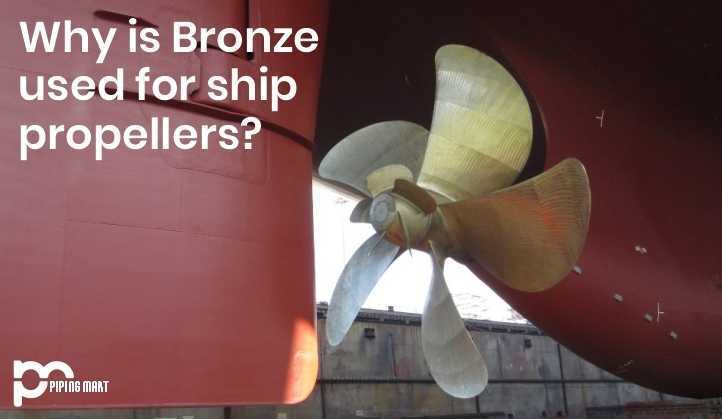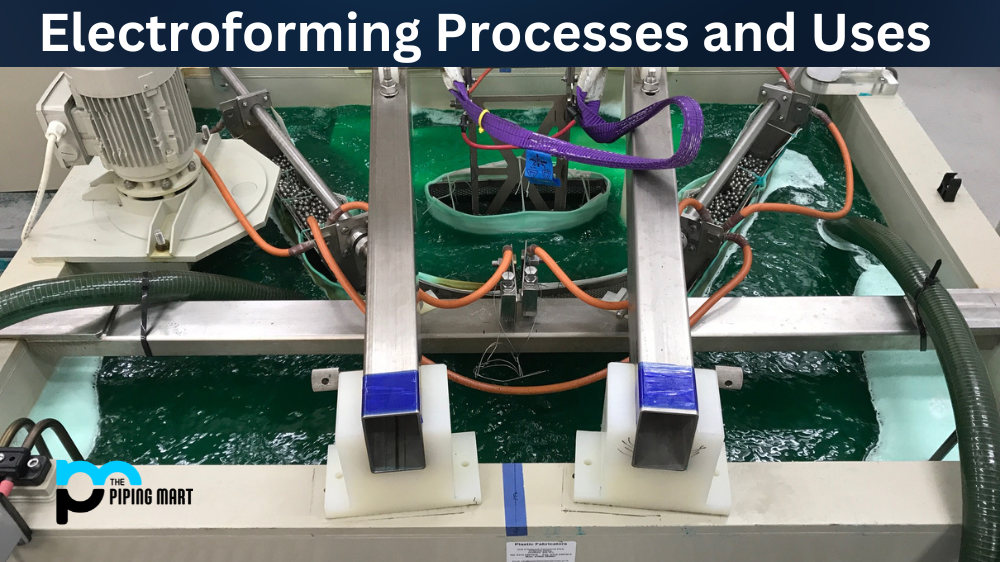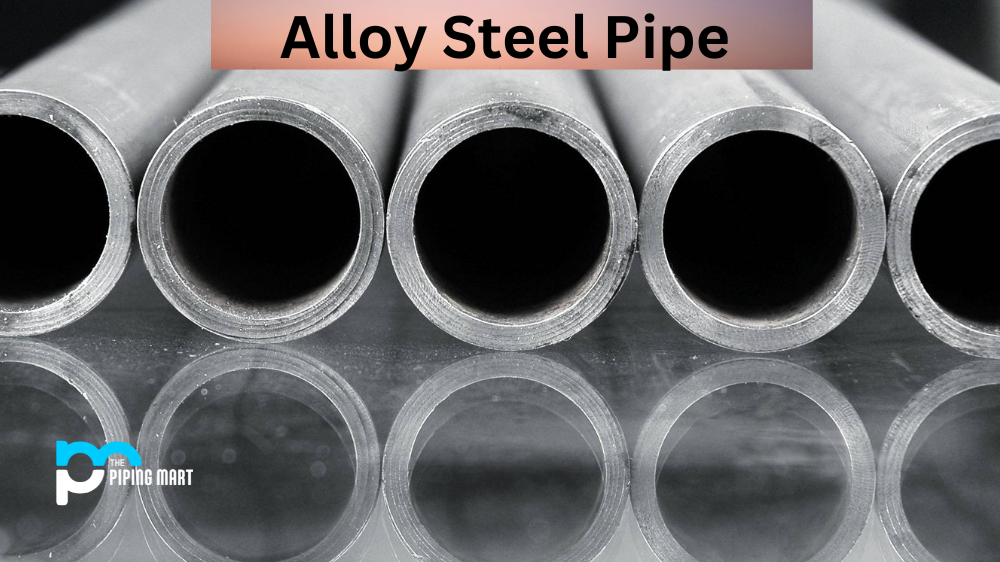A propeller is a spinning, fan-like device that utilizes the power produced and transmitted by the ship’s main engine to propel the vehicle. The transferred strength is transformed from rotational motion to produce a thrust that gives the water energy, resulting in a force acting on the ship and moving it forward.
The propeller’s power is passed on to push the boat through a transmission component comprising of a rotational movement delivered by the fundamental motor crankshaft, the transitional shaft and its direction, the back cylinder shaft and the propeller itself.
Based on the vessel’s pace and manoeuvring specifications a ship may be equipped with one, two, and sometimes three propellers.
Manufacturing of Propeller
Marine propellers are developed of materials that are safe to consume, as they work straightforwardly in seawater which is an erosion quickening agent
The propeller’s manufacturing method includes fixing a variety of blades to the hub or boss through welding or forging into one object. Forged blades are extremely durable and have greater power which costs more than welded models. A marine propeller is developed by parts of surfaces which cooperate to turn with a screw impact through the water.
Why Bronze?
Copper alloys are commonly used in maritime applications, owing to their corrosion resistance and strong machinability. The word machinability identifies with the effortlessness at which metal might be cut requiring little to no effort to create a satisfying completion. Cooper compounds are additionally famous for their conductivity to warmth and power.
Bronze is a combination of copper and zinc tin, which has been the hardest, most durable commodity known to human society for a long time. Just about every big global society went through a significant period of time when bronze’s mechanical properties allowed better tools, sharper arms, and stronger systems to be built.
- Malleability and machinability
The flexibility of Bronze depends on the measurement of copper and tin in the precious structure of its atoms. Some bronzes have copper just above 80 percent and tin 12 percent. The remainder contains external elements in small quantities, such as manganese, silver, or zinc, which often impair the strength of bronze.
- Resistance to corrosion in saltwater
Bronze has a strong resistance to corrosion, particularly in marine environments. Bronze is resistant to corrosion cracking from chloride heat. Even this alloy has outstanding tolerance to corrosion by cavitation. It all renders Bronze suitable for usage in the marine setting.
- Toughness
Bronze is an alloy composed predominantly of copper, usually between 12–12.5 per cent tin and sometimes with the inclusion of other metals such as silver, manganese, nickel or zinc. They are usually about 10% denser than steel, which renders Bronze tougher and more likely to withstand elevated stresses and tension.
- Easy to repair
The propeller of the boat connects the engine with the surface, just like the tires attach the vehicle to the ground. Also, small damage may impact boat efficiency so taking good care of your propeller is crucial. Bronze Propellers are simple to patch and do not suffer major and costly costs.

Pipingmart is B2B portal specializes in industrial, metal and piping products. Also, share latest information and news related to products, materials and different types grades to help business dealing in this industry.




